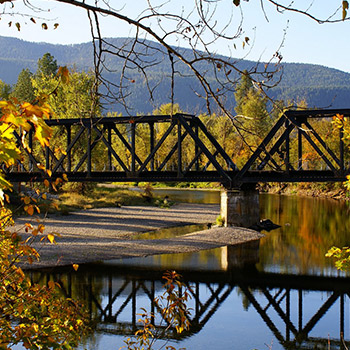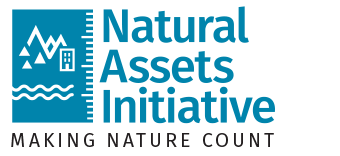This community has completed its pilot project:
Grand Forks, British Columbia
The City’s principle interest was to start the process of integrating natural assets into its overall asset management plan. Water-related issues were already topical in Grand Forks as the City aquifer had been damaged due to gas contamination. Accordingly, the City chose to focus on an oxbow wetland in the centre of the urban area. The wetland represents a substantial series of assets in the centre of Grand Forks, one that links to the interconnected issues of stormwater, aquifer health, localised flooding and the quality of fish-bearing streams.
Management questions that the City wanted to address through the pilot project included:
- What is the value of the services (quantity, flood control, drought control) provided from the wetland; if these services were degraded, what costs would need to be incurred elsewhere by the City?
- What is the value of the wetland’s water retention properties? Does it offset future capital expenditures and / or justify any land acquisition?
- What is the value of the oxbow wetland in terms of assuring downstream water quality for both fish-bearing rivers and wetland / touristic areas bordering the Kettle River?

